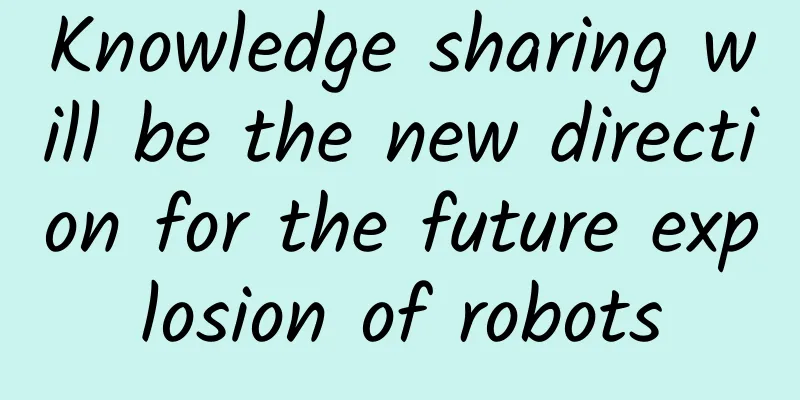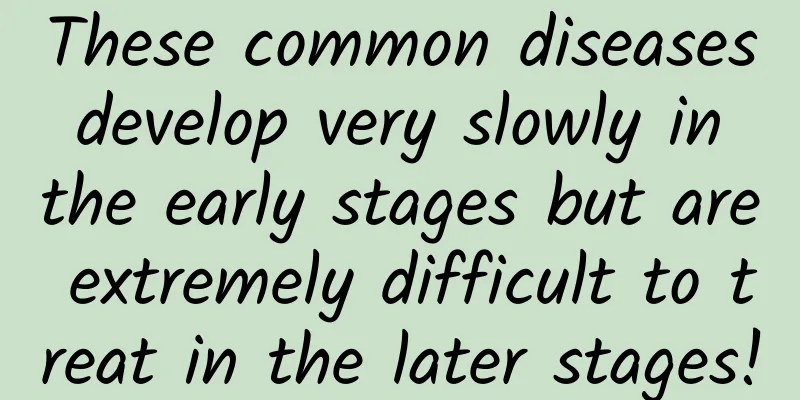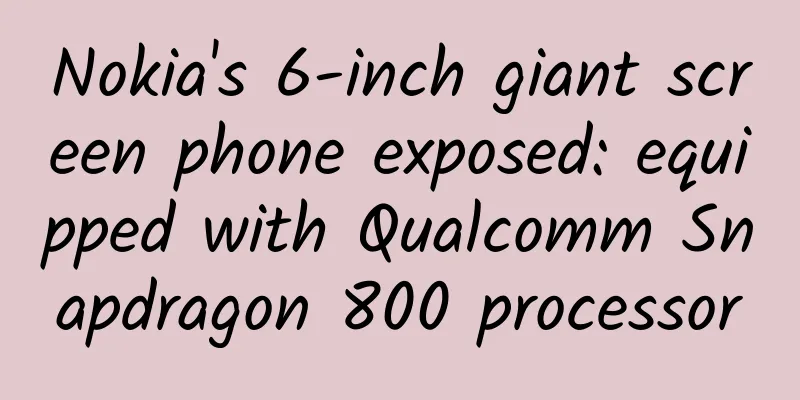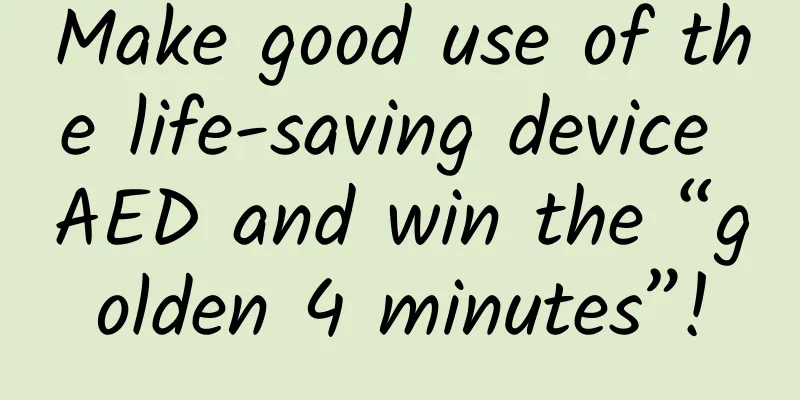Say goodbye to iOS and common off-screen rendering!
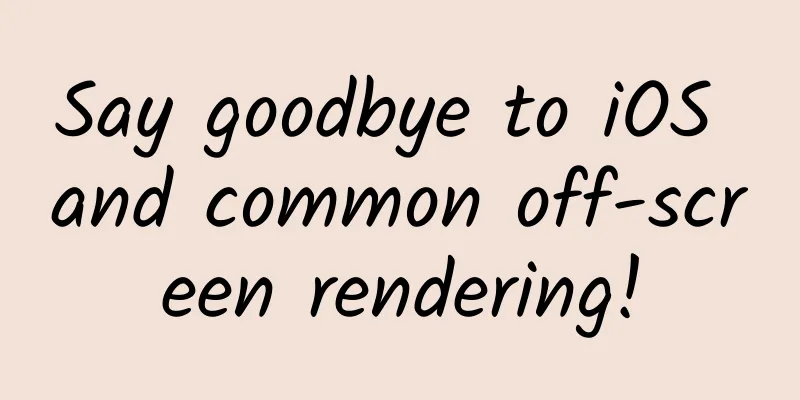
|
The optimization of mobile applications mainly depends on FPS (page smoothness) performance, memory usage, etc. Off-screen rendering is also a common problem. This article focuses on the common factors that lead to off-screen rendering and their solutions. So why does off-screen rendering cause performance issues? In OpenGL, there are two ways of GPU screen rendering: On-Screen Rendering and Off-Screen Rendering. On-Screen rendering does not require the creation of a new cache or the opening of a new context, and has better performance than off-screen rendering. However, due to the limitations of current screen rendering (only its own context, limited screen cache, etc.), off-screen rendering is used when current screen rendering cannot solve some problems. The entire off-screen rendering process requires switching the context environment, first switching from the current screen to the off-screen, and then switching the context environment back after the end. This is why performance is consumed.
The factors that trigger off-screen rendering include cornerRadius (setting rounded corners), shadows, masks, edge antialiasing, group opacity, shouldRasterize, etc. As for the tool Instruments' Core Animation for detecting off-screen rendering, I won't go into details. This article mainly introduces the solution for setting rounded corners and shadows. Set rounded corners Conventional practice:
Here are two solutions to avoid off-screen rendering 1. Add a sublayer to the top layer of the view to cover the view and its subviews. Set the layer's image to just cover the required rounded corners, and the image color is exactly the background color of the parent view of the view to achieve the desired effect. github address
After downloading this category, you can directly drag it into the project to use it. It is very convenient to call. However, when using it, you will find that these three APIs all need to pass a parameter cornerColor (the background color of the parent view), which also causes the limitation of this function. That is, if the color of the parent view is not a solid color, this method is not applicable at this time. Similarly, if the color of the parent view changes, the implementation code is not so elegant, as shown in the figure below, which is a bit embarrassing. Here comes the second solution.
2. By modifying layer.mask, first create a vector-based path through Bezier curves and pass it to CAShapeLayer for rendering. The path is closed, and then the drawn Shape is assigned to layer.mask. The layer outside the Mask range will not be displayed to achieve a rounded corner effect. The code implementation is very simple, as follows:
Effect picture:
Setting up shadows Conventional practice:
Optimization plan: Avoid modifying shadowOffset directly. Instead, call setShadowPath to provide a CGPath to the view's layer and provide the shape of the rendered View to Core Animation, which will reduce off-screen rendering calculations.
Supplement: When the shape of the view using the shadow changes, the shadowPath does not change with the bounds property of CALayer, so after the bounds of the layer change, you need to manually update the shadowPath to make it adapt to the new bounds. |
<<: WeChat ID can be changed at will? Official: It's just a bug
>>: Are mobile programmers having an easy time in 2017?
Recommend
How to carry out private domain community growth activities in 2021?
I don’t know if you have noticed that community o...
Freezing means eternal life? After this deadline, please "throw away" frozen meat!
Review expert: Peng Guoqiu, deputy chief physicia...
Can snow kill viruses? Will fewer people get sick when it snows? Here comes the truth
It snowed in many cities in the north today! Rece...
199 yuan can buy you the feeling! TIMEBOX Android TV game console unboxing
What can you buy with 199 yuan? A high-capacity S...
2020 College Entrance Examination Chinese Composition Questions 2020 College Entrance Examination Composition Summary from All Over the Country
2020 College Entrance Examination Chinese Composi...
Facebook Ads Policy Tips!
1. Finance Can real money appear in loan app mate...
Sogou AI Recorder E1 is both a "recording studio" and a "translator", breaking the traditional boundaries
Affected by the epidemic, many companies have rec...
Brands can save at least 300,000 yuan in marketing costs by choosing the right Douyin KOL!
In the classification of the number of Douyin KOL...
Kuaishou beauty industry advertising research report!
Paying for beauty has become a daily routine for ...
Beautiful buttocks exercise Beibei Baidu cloud download
Beautiful buttocks exercise Beibei resource intro...
iQIYI’s high-quality barrage advertising operation process and advantages!
After summarizing the many characteristics of iQi...
How to choose a Beijing mini program development company? Beijing Mini Program Mall Development Recommendation
Mini programs are all developed by companies with...
SmartPoint Technology makes further efforts, and its mobile platform "SmartGO" helps government and enterprise mobile informatization
China's enterprise-level mobile application m...
The Earth's "two-faced" inner core rotates faster than the surface
What causes the differential rotation of the Eart...
7 simple ways to quickly understand user dads through online data
No matter what kind of marketing we do, we need t...

